Grab your binoculars and telescopes, because there's a lot going on in the night skies this week. The usually dim Little Dipper will appear brighter as it moves to the right of Polaris, creating a cool effect with the Big Dipper. There's also a first-quarter moon and a really good view of Saturn. If you know of something else, share with us in the comments below!
- March 28: Moon will be at its most northern declination.
- March 29: During the evening, the Big Dipper will look like it's dumping water into the Little Dipper.
- March 30: First-quarter Moon (at 3:41 p.m. EDT).
- March 31: Io in transit over Jupiter.
- April 1: You can get a really good view of Saturn, which will shine at a magnitude of 0.3.
- April 2: Ganymede occultation and eclipse.
- April 3: Venus-Pleiades conjunction.
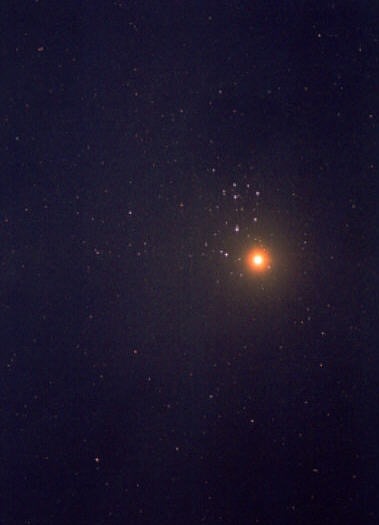
Below, I have defined some of the events I will be notifying you about over the course of this repeating feature.
- Transit—When an astronomical object passes in front of another, like one of Jupiter's moons passing in front of Jupiter.
- Occultation—When one object is hidden by another object that passes between it and the observer.
- Moon Phases—It can be fun observing different phases of the moon. These are what fraction of the moon is dark. It is also fun observing the dark side.
- Conjunctions—Two (or more) bright objects in one field of view! This is when two or more astronomical objects are relatively close. Sometimes it is cool to see planets or bright stars pass by or behind the moon.
- Apogee or Perigee—This is when the moon is closest or furthest away from Earth. Not really for observing, but it can be interesting to view the moon when it is large and small.
- Meteor Showers—Easily observed by the naked eye or by binoculars.
- Comets—Not very often do these come around, but are amazing to watch.
- Lunar and Solar Eclipses—Mainly these are lunar eclipses, but if you get to see a solar eclipse you are very lucky! This is when an astronomical object passes into a shadow of another. This could be Jupiter's moons passing into its shadow, or vice versa.
- Solstices—This is when the Earth wobbles, or from Earth this is how the northernmost or southernmost point the sun is at. There are two each year. This is mainly for information.
- Equinoxes—This is when the earth is in the middle of its southernmost and northernmost position and it is equal. Again, this is mainly for knowledge.
- Declination of Moon—This is when the moon's path around the Earth is slightly tilted up or down. The declination is the furthest up or down it will go.
- Elongations— Elongation is the angle of a planet and the Sun.
There may be more to come. When these are included, I will explain what they are.
Just updated your iPhone? You'll find new emoji, enhanced security, podcast transcripts, Apple Cash virtual numbers, and other useful features. There are even new additions hidden within Safari. Find out what's new and changed on your iPhone with the iOS 17.4 update.



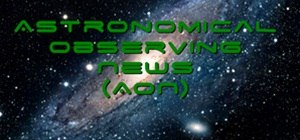

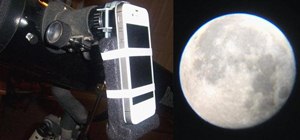

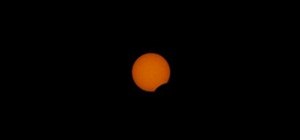

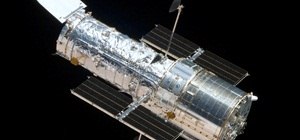
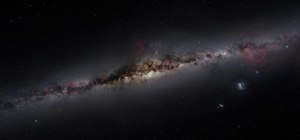
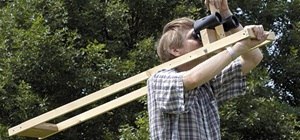
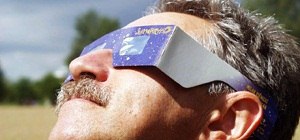
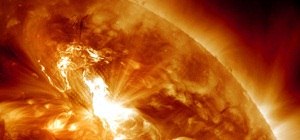




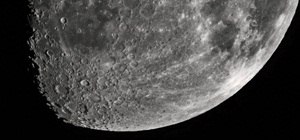

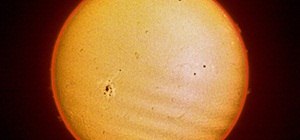

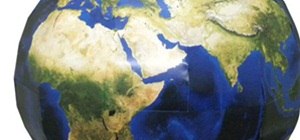
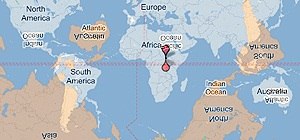
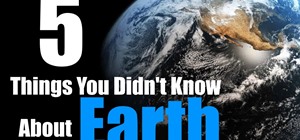
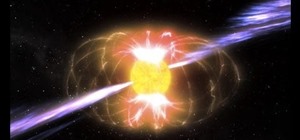
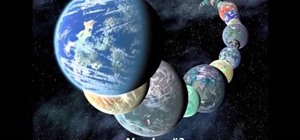
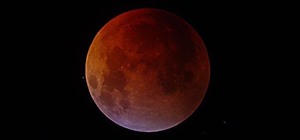

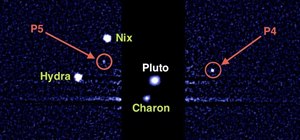
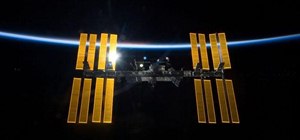


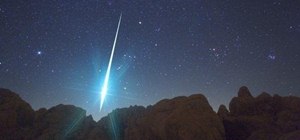
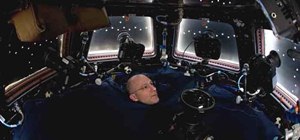

Be the First to Comment
Share Your Thoughts